Summer heat can be brutal for our feline companions. When we see our cats panting or seeking cool spots, our first instinct might be to grab a garden hose and spray them down with cold water. This seems logical, right?
Actually, it could be one of the most dangerous things you can do for an overheated cat. While hosing down might seem like a quick fix to cool your furry friend, this approach can trigger life-threatening complications and make the situation dramatically worse. Let’s explore why cool water can harm more than help and discover safer alternatives that actually work.
The Shocking Truth About Cold Water and Cats
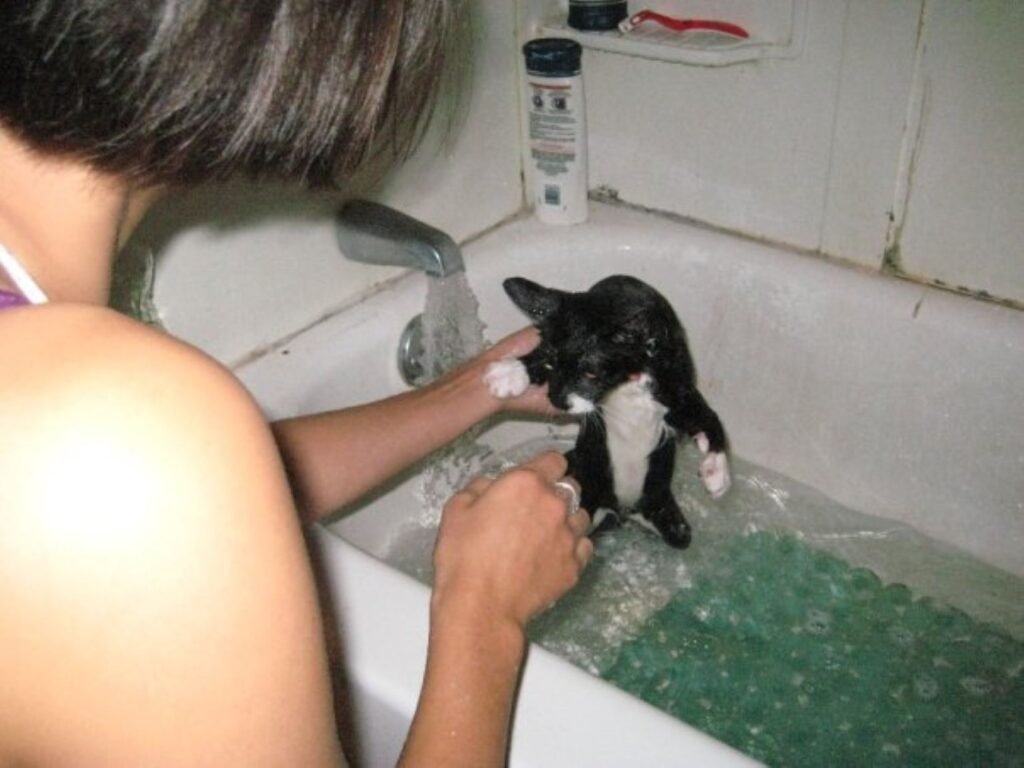
When cooling cats, never use ice or very cold water as this can cause shock and increase the risk of fatality. Never use ice or very cold water, as this can constrict blood vessels and prevent cooling or cause dangerous hypothermia. The sudden temperature change from cold water creates what veterinarians call thermal shock.
Contact with something very cold can actually delay a cat’s cooling down by restricting their circulation. Think about it this way: when blood vessels constrict from cold water, blood flow to the skin decreases. This means less heat can escape from the body, making the overheating problem worse rather than better.
How Cats Actually Cool Themselves
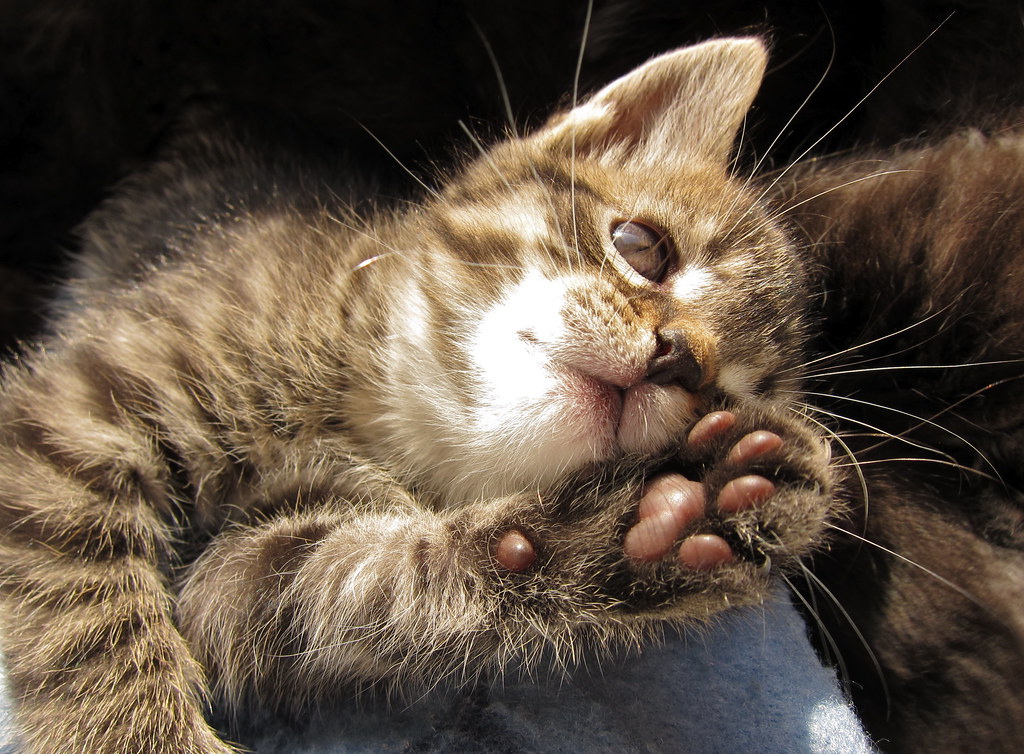
Cats are only able to sweat through their footpads, which helps cool the footpad by producing a cooling layer of moisture over the surface. Unlike humans who sweat all over their bodies, cats have very limited cooling mechanisms. They don’t sweat, other than a small amount from their paw pads, which isn’t enough to cool their whole body in hot weather.
Cats also lick the fur over their bodies to distribute saliva that will evaporate to cool them down, much like sweat would do. Cats “beat the heat” mostly by resting in the shade, spreading their body out on a cool surface, and not exerting themselves. When these natural cooling systems fail in extreme heat, cats become vulnerable to heatstroke.
The Science Behind Temperature Shock
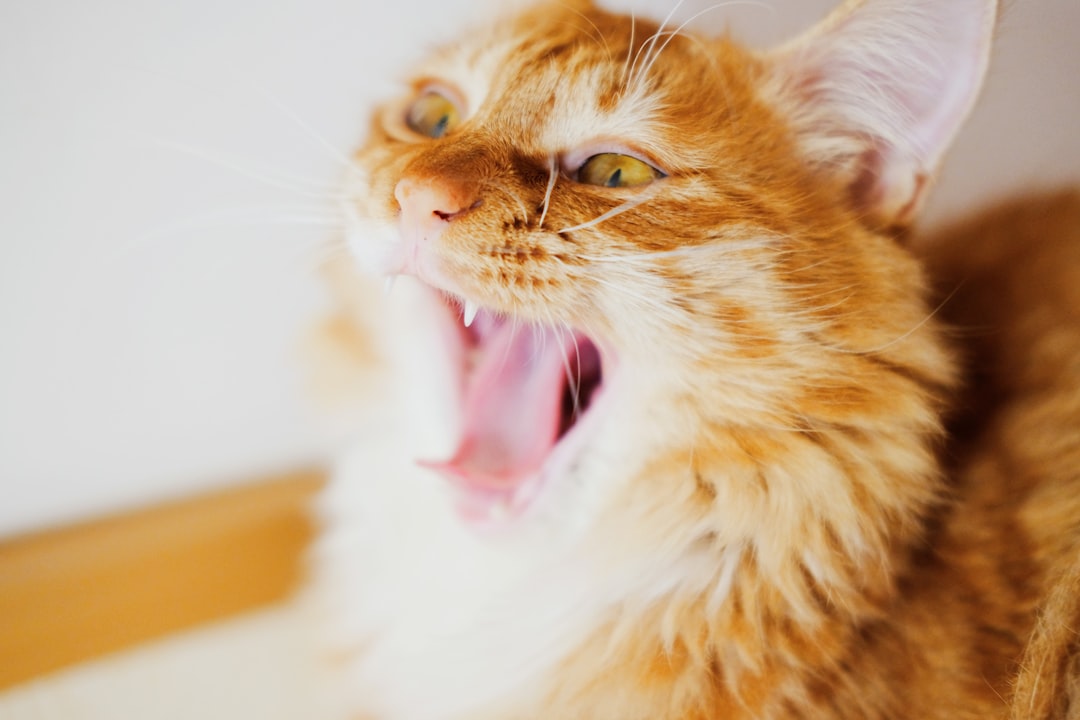
Don’t immerse cats in cold water, as that could potentially cause them to go into shock. When cold water hits an overheated cat’s skin, their body responds as if facing a threat. Blood vessels near the surface rapidly contract to preserve core heat, which is exactly the opposite of what needs to happen.
The body’s natural response to cold water interferes with the heat dissipation process. Avoid using ice-cold water, as this can cause shock. This physiological response can be life-threatening in an already compromised animal.
Why Gradual Cooling is Critical
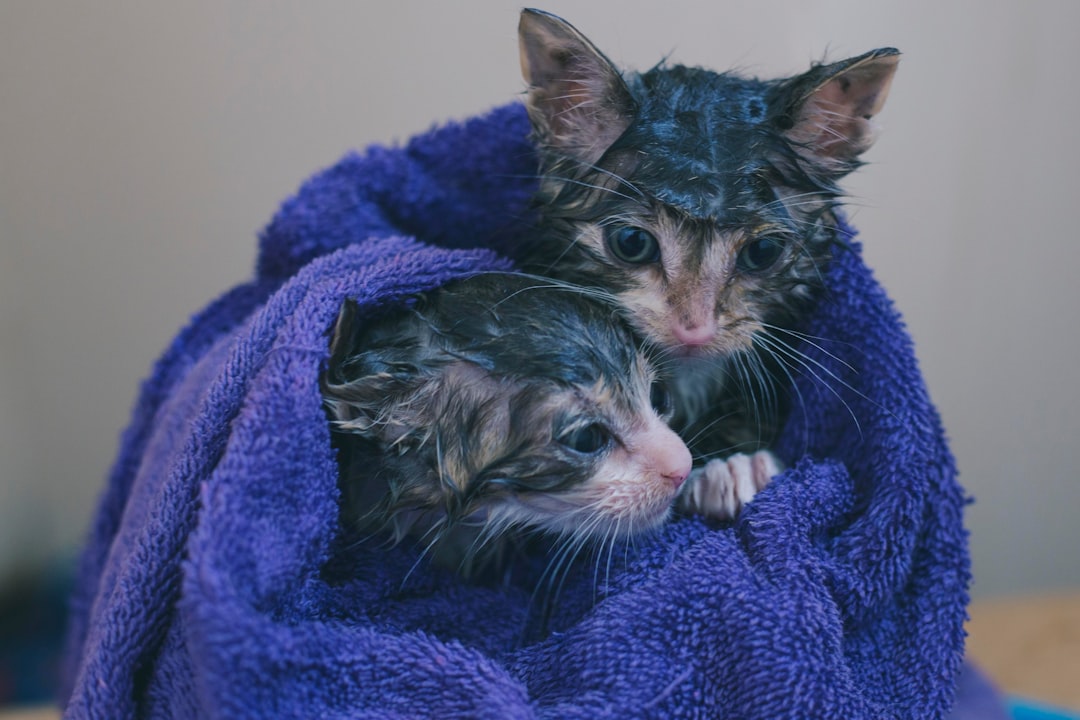
Using cool or tepid water, thoroughly and continuously wet your cat’s fur. DO NOT use ice or cold water since this can make the situation worse. Veterinary experts emphasize the importance of controlled cooling. Do not use ice water – that will over-correct the problem and lead to chilling. Monitor body temperature every 15 minutes, and stop cooling procedures when a high normal temperature is reached.
The goal is to lower the cat’s temperature gradually to prevent additional stress on their already struggling system. Too rapid cooling can cause the body to go into protective mode, actually hindering the cooling process.
Recognizing True Heatstroke Symptoms
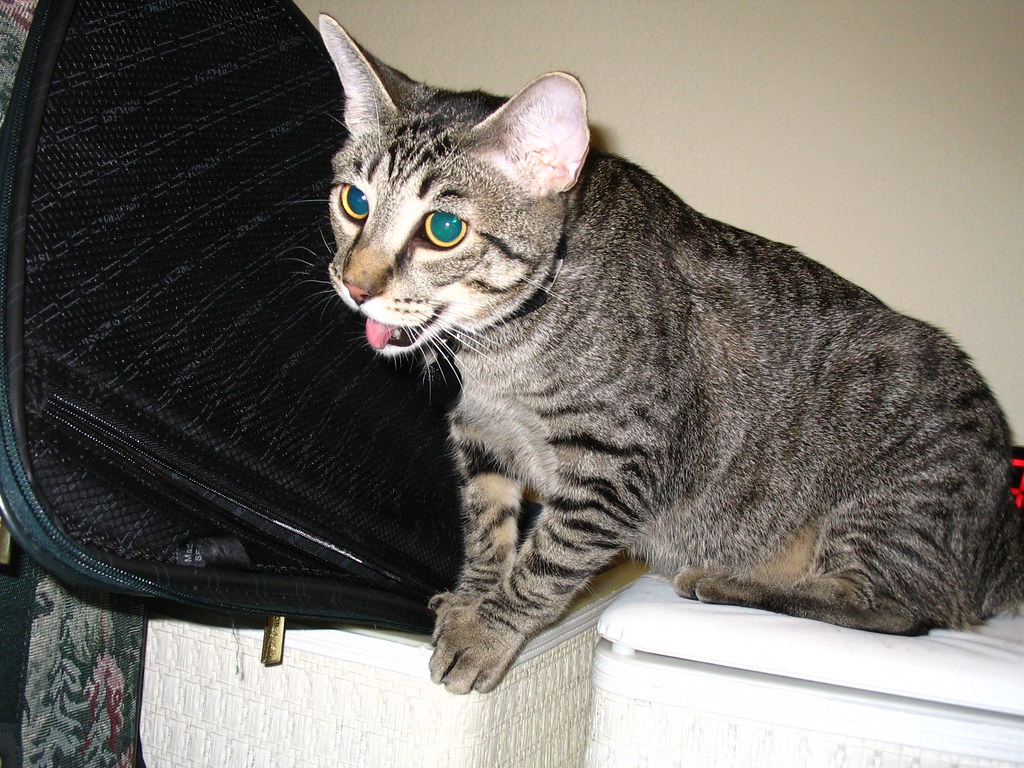
Unlike dogs, in cats, panting is not considered normal. This can also be a sign of overheating – your cat is too hot. Some panting may be normal on a very hot day, or after a “mad five minutes”, but constant or very heavy panting is a sign that they are much too hot.
Severe heatstroke shows as heavy panting, drooling, bright red or purple gums, and vomiting. Your cat may seem confused, walk unsteadily, or collapse. Seizures can happen in advanced cases as the brain overheats. These symptoms require immediate veterinary attention, not a garden hose.
What Temperature is Actually Dangerous
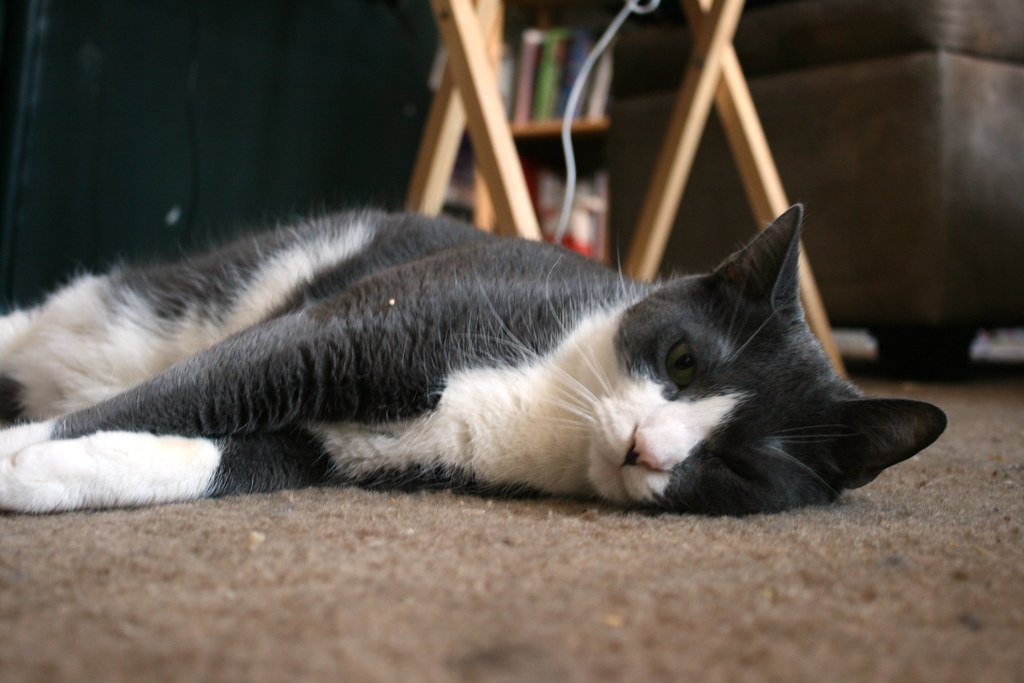
While some cat breeds have historically lived in desert and rainforest climates, temperatures exceeding 80 degrees Fahrenheit quickly become uncomfortable for cats. A cat’s normal body temperature ranges from about 100.5-102.5. Anything over 104 could potentially be dangerous in terms of overheating.
A cat’s normal body temperature is around 100-102.5°F, and organ damage begins when their temperature exceeds 104°F. These narrow temperature ranges show just how quickly cats can move from comfortable to critical.
Safe Emergency Cooling Methods That Actually Work
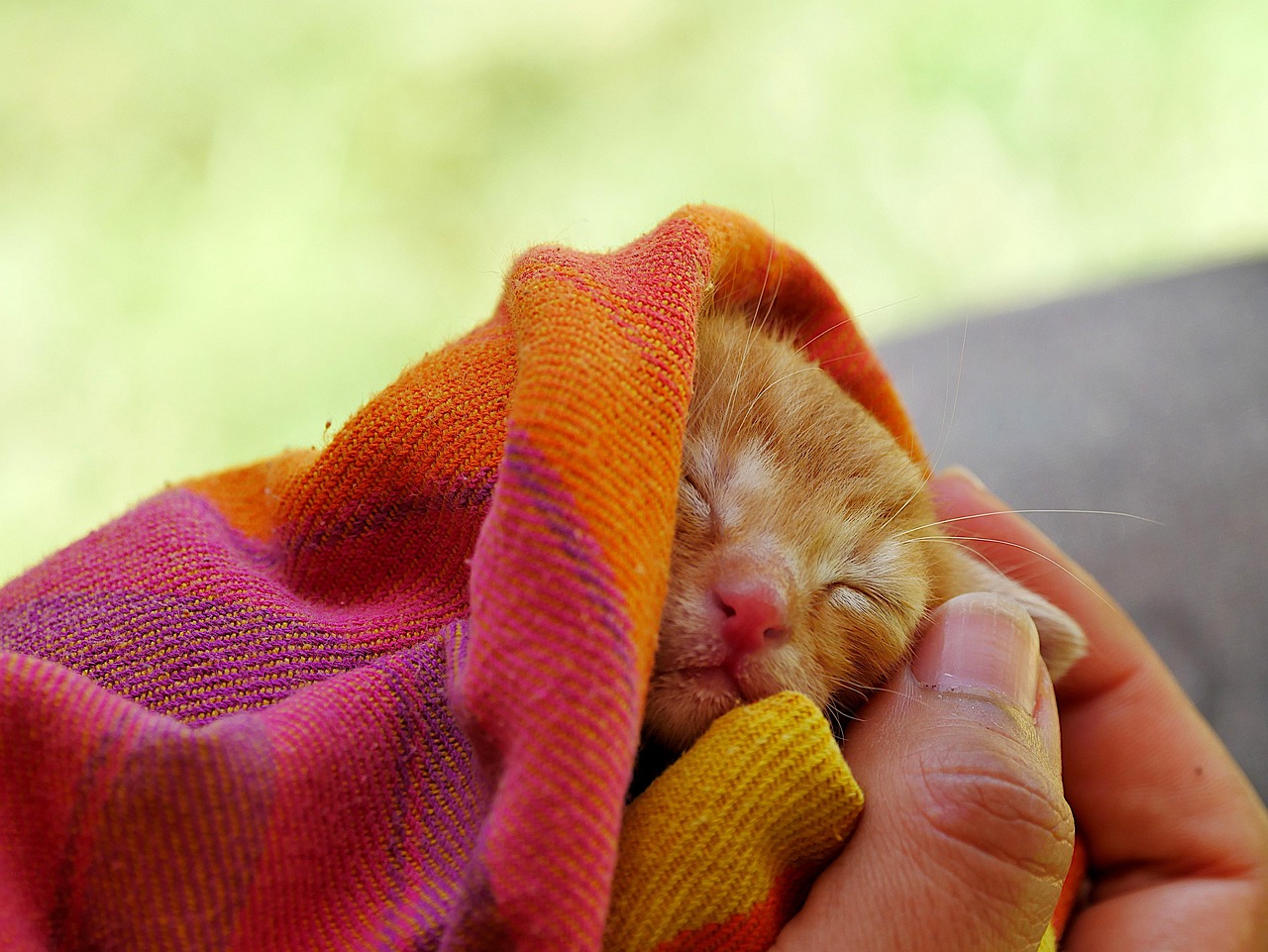
Place a slightly cool, damp towel on your cat’s back. If your cat allows, place a damp towel under their belly. Rubbing cool water on the paw pads and ears will also help with cooling. These methods work with the cat’s physiology rather than against it.
Apply damp towels to your cat’s paws, belly, and neck to help lower their body temperature. Focus on areas with better blood circulation and thinner fur. Place a fan to gently blow over their body to help aid in cooling. Air movement helps evaporation, which is how cats naturally cool themselves.
Prevention is Your Best Strategy
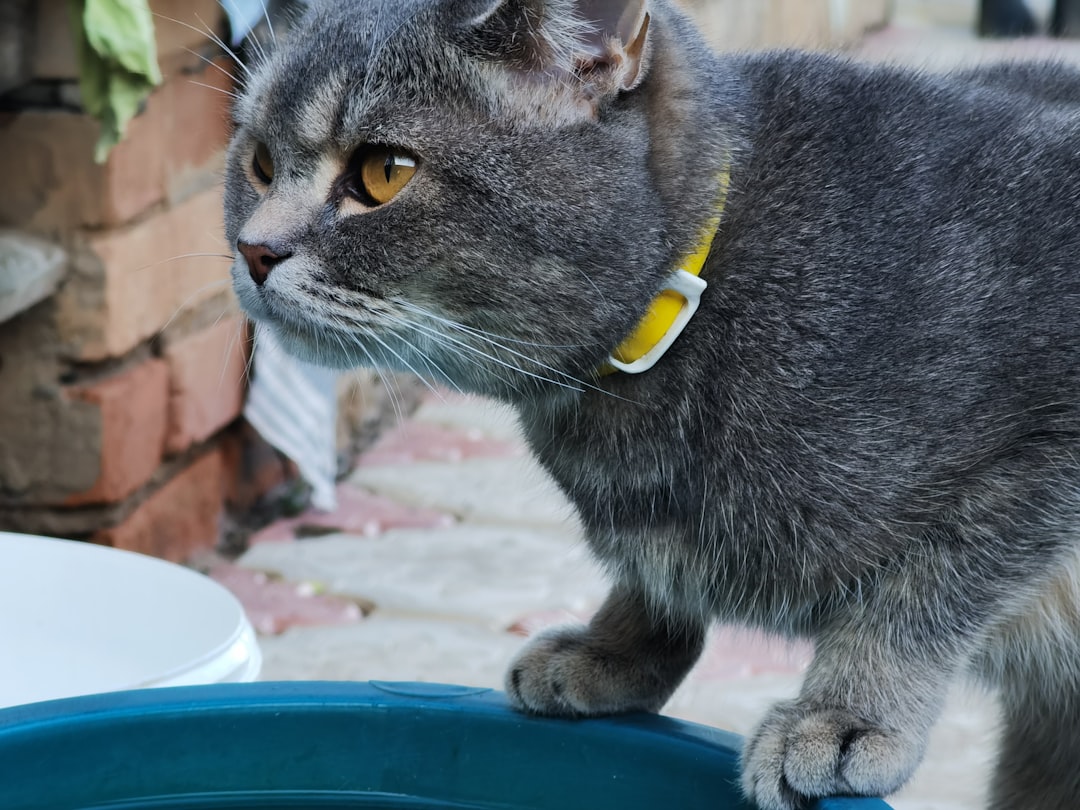
If you have an outdoor cat, it’s especially important to set up a cooling station for them during the summertime. Cool spots should contain fresh, running water, wet food, and ample shade. Creating the right environment prevents emergencies before they happen.
Cats should always have access to shaded areas, especially during peak heat hours. If your cat enjoys spending time outdoors, ensure there are cool, shaded spots available or consider limiting outdoor time to the cooler parts of the day. Simple planning can save lives.
The Hidden Dangers of Water Temperature
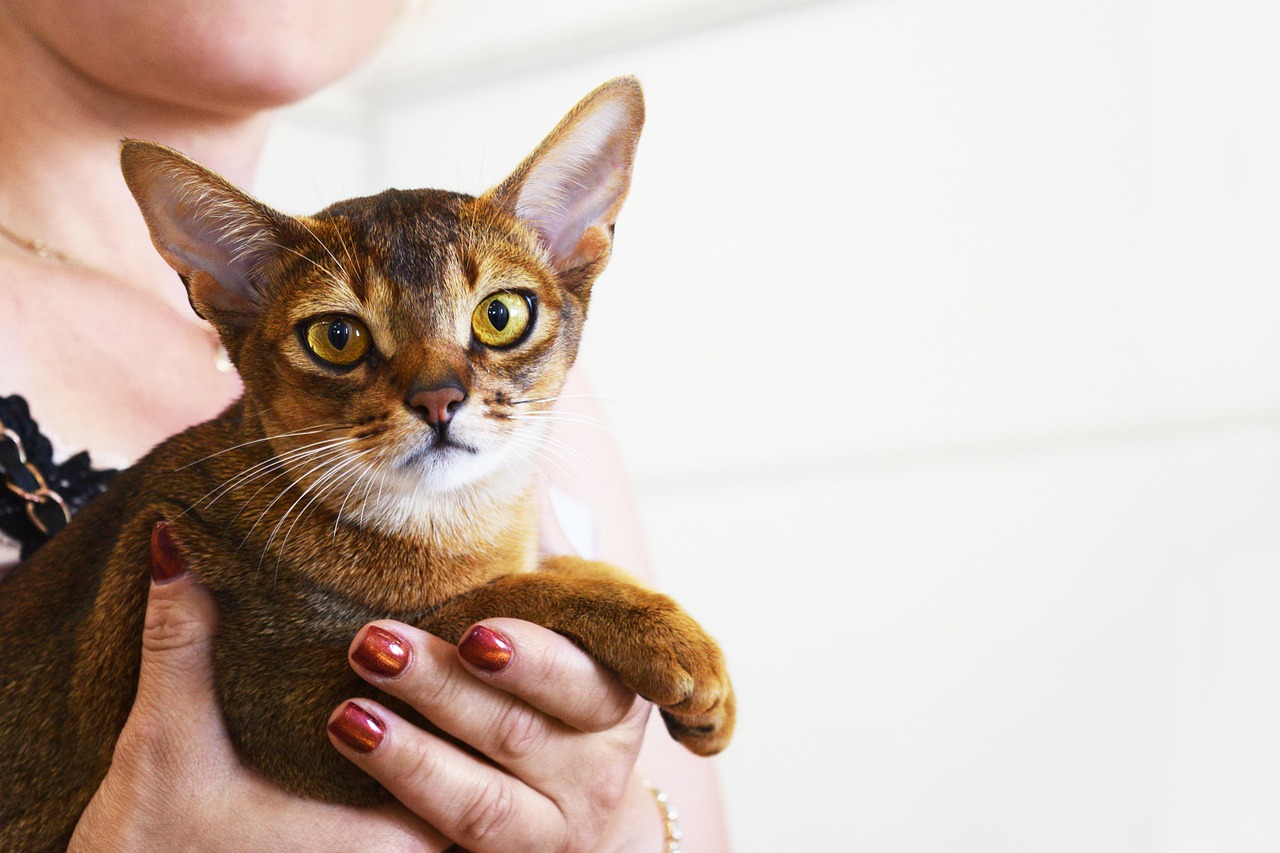
Even moderately cold water can be problematic. Apply cool – not cold – water to your cat’s body, avoiding their head. The distinction between cool and cold water matters more than most people realize. Cold water creates vasoconstriction, while cool water allows for proper heat exchange.
If your cat is found unconscious in a hot environment, soak him with cool (not cold) water, being careful to keep the water out of the nose and mouth. Even in emergency situations, temperature control remains crucial.
When Cooling Goes Wrong

Never use ice-cold water or ice baths to cool a cat with heatstroke. Cooling too quickly can cause shock and worsen the situation. What starts as a heat emergency can become a dual emergency when improper cooling methods are used. The cat now faces both hyperthermia and hypothermia simultaneously.
Many well-meaning pet owners have turned a manageable situation into a veterinary crisis by using water that was too cold. The cat’s body systems become confused and overwhelmed, making recovery much more difficult.
Professional Veterinary Cooling Techniques

Your veterinarian will continue to cool your cat with cool water, but may also administer cool or room temperature intravenous fluid to decrease your cat’s body temperature and counteract dehydration. Veterinarians use controlled cooling methods with constant temperature monitoring.
This is primarily achieved through intravenous (IV) fluid therapy. Your vet will pay close attention to how alert the cat is upon arrival for treatment. Professional cooling involves internal temperature regulation, not just external water application.
Conclusion
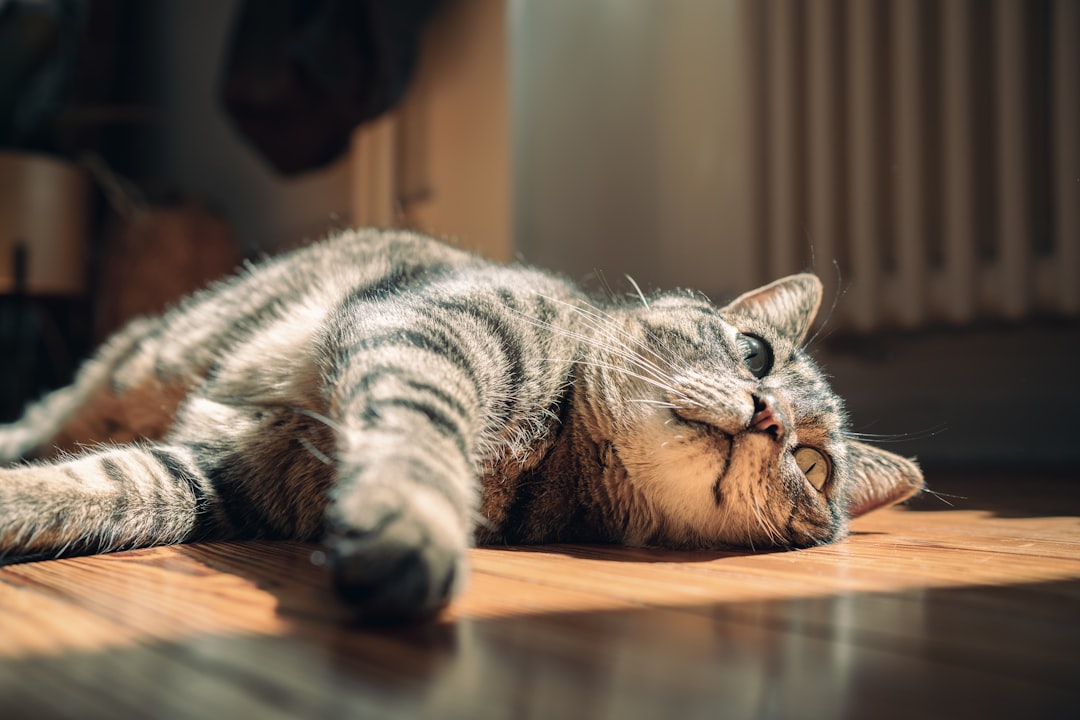
The next time you see your cat struggling with summer heat, resist the urge to grab that garden hose. Cold water hosing creates more problems than it solves, potentially turning a heat emergency into a life-threatening crisis. Instead, use cool damp towels, ensure good ventilation, and get professional help immediately.
Remember that cats have evolved sophisticated but limited cooling mechanisms. Working with their natural physiology through gradual, controlled cooling gives them the best chance of recovery. Your cat’s life may depend on understanding this crucial difference between helpful and harmful cooling methods.
What do you think about it? Have you ever been tempted to hose down an overheated cat? Tell us in the comments.






